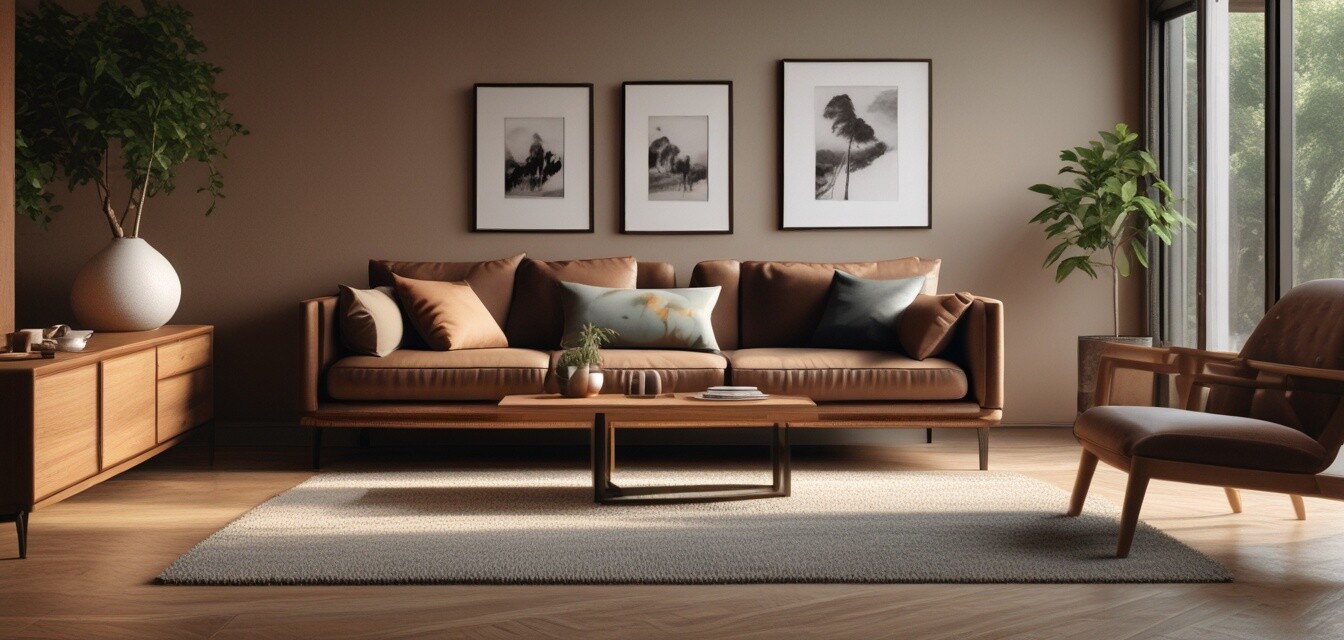
The Role of Design Psychology in Wooden Furniture
Key Takeaways
- Design psychology strongly influences consumer choices when selecting wooden furniture.
- Comfort and aesthetics are crucial components that enhance the overall experience of wooden furniture.
- Understanding the connection between comfort and design can lead to better purchasing decisions.
- Wood furniture embodies unique textures and patterns, appealing to various consumer preferences.
Design psychology plays a vital role in how we perceive and choose wooden furniture. From the aesthetic qualities to the comfort levels, numerous factors influence our decision-making. This article explores how these psychological elements impact our choices and the overall ambiance of our living spaces.
Understanding design psychology
Design psychology is the study of how design affects our emotions and behaviors. It seeks to understand the relationship between the environment and the people within it. When it comes to furniture, particularly wooden pieces, design psychology highlights several factors that can sway consumer preferences.
Aesthetics: The visual appeal
Aesthetics are crucial when selecting wooden furniture. The visual appeal of a piece can captivate potential buyers, drawing them toward the product. Here are some key aesthetic elements that affect consumer choices:
| Element | Impact |
|---|---|
| Color | Influences mood and perception of space; can create warmth or coolness. |
| Texture | Enhances tactile experiences; can convey comfort or elegance. |
| Shape | Soft curves may evoke comfort; sharp angles suggest modernity. |
| Scale | Anchors furniture within a room, affecting perception of space availability. |
Comfort: The foundation of enjoyment
Comfort complements aesthetics in wooden furniture. Beyond visual appeal, the physical comfort of furniture impacts consumers' willingness to purchase. Factors influencing comfort include:
- Ergonomics: Proper design that supports the body can enhance the seating experience.
- Materials: The type of wood and finish can affect both tactile comfort and durability.
- Functionality: Multi-functional pieces cater to various needs, enhancing overall comfort in any space.
Creating an emotional connection
Design psychology also emphasizes the importance of creating an emotional bond between consumers and wooden furniture. People often choose furniture based on personal stories, memories, or aspirations. This may include seeking out pieces with:
- Unique craftsmanship that showcases the artistry involved in wooden furniture design.
- Customizable options that allow integration of personal style and preferences.
- Heritage materials that represent sustainability and environmental consciousness.
Trends in wooden furniture design
Understanding current trends not only keeps consumers informed but can also influence their decisions. Discussing the latest styles is essential in this context:
| Trend | Description | Psychological Impact |
|---|---|---|
| Minimalism | Simplicity and functionality are emphasized, reducing clutter. | Promotes calmness and order; appeals to those seeking streamlined design. |
| Rustic Charm | Celebrates imperfection and natural textures. | Evokes warmth and nostalgia; encourages a connection with nature. |
| Modern Sustainability | Focus on eco-friendly materials and processes. | Appeals to environmentally conscious consumers, affirming their values. |
Impact of online shopping
The rise of online shopping has changed how consumers interact with wooden furniture. Virtual showrooms and social media influence help shape perceptions and preferences. The following are key aspects of this shift:
- Visual Platforms: Websites and apps allow customers to view furniture in various settings, providing a better sense of how items will look in their own homes.
- Customer Reviews: Social proof plays a critical role; positive reviews can drive interest and sales.
- Personalization: Many brands now offer customization options, enhancing appeal.
Conclusion
Understanding design psychology can empower consumers to make informed choices when selecting wooden furniture. When they recognize how aesthetics and comfort contribute to their overall satisfaction, they can create living areas that reflect their personal style and values. As trends evolve, furniture makers need to adapt and prioritize these psychological elements to meet consumer demands.
Pros
- Enhances the buying experience by focusing on aesthetics and comfort.
- Encourages sustainable choices by prioritizing eco-friendly materials.
- Creates emotional connections with consumers through storytelling.
Cons
- Can lead to overwhelming choices due to varied styles and options.
- May require additional marketing efforts to educate consumers on design psychology.
For more insights on trends and designs, visit our News and Trends section to stay updated with the latest in natural wood products.
Explore our extensive range of products, including Home Décor Accents and Wood Finishing Products, to find the perfect pieces that resonate with your personal style.